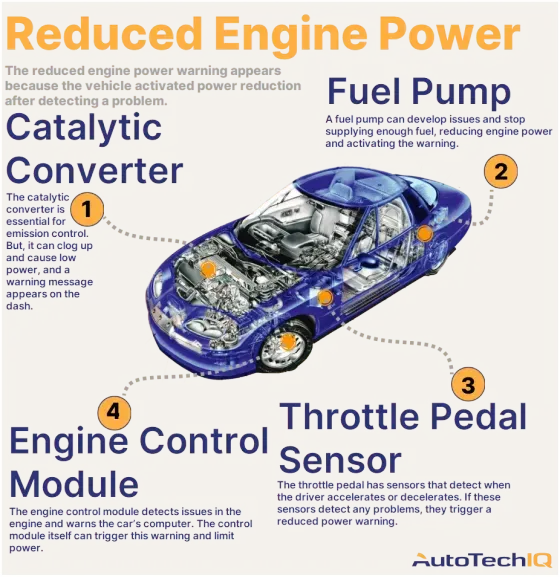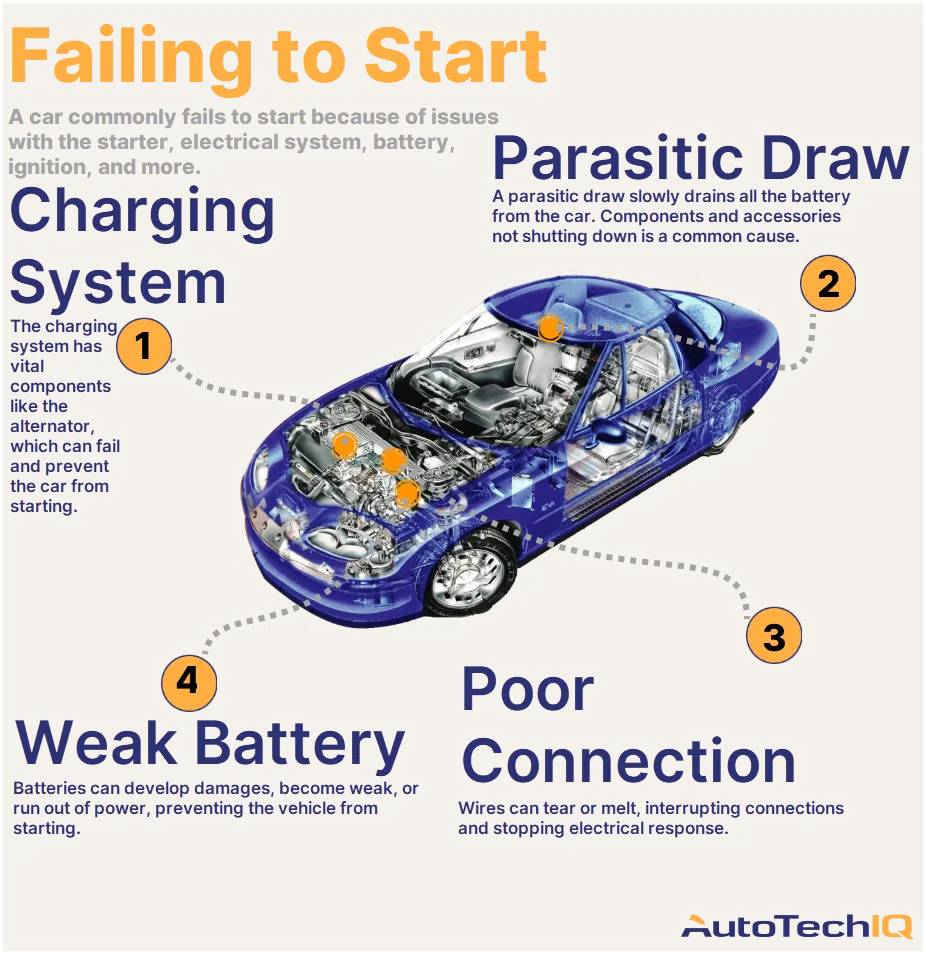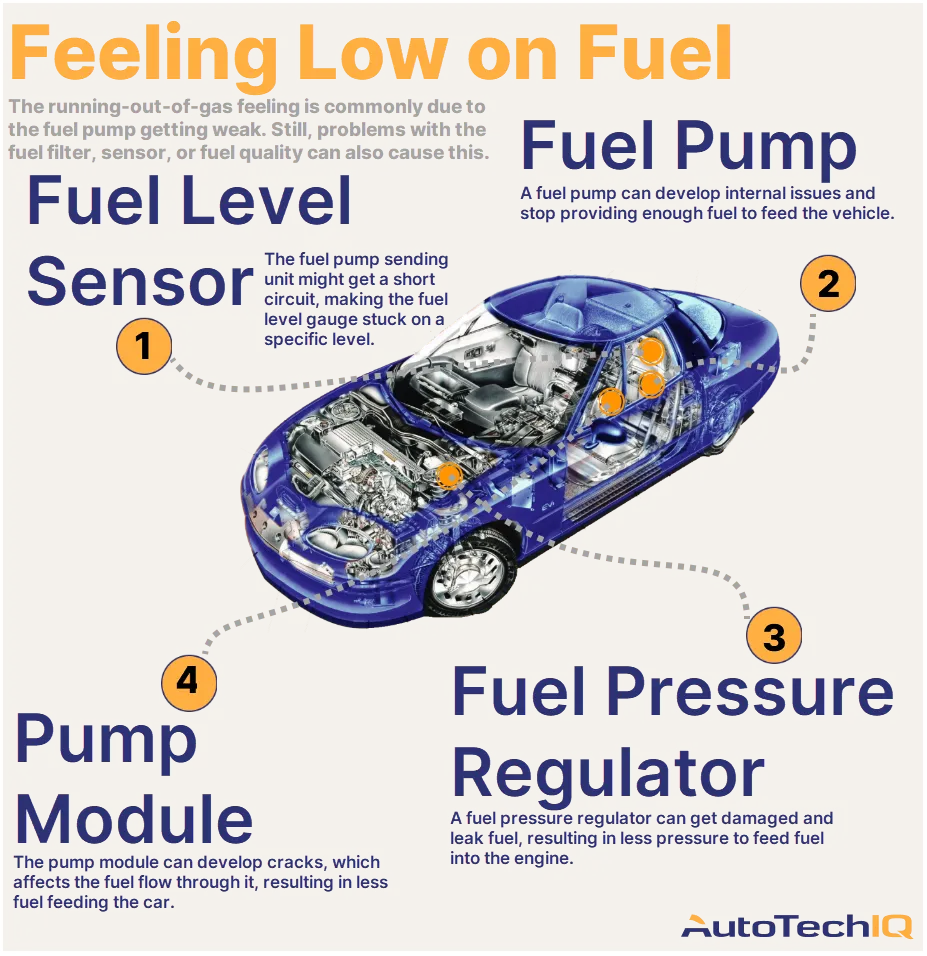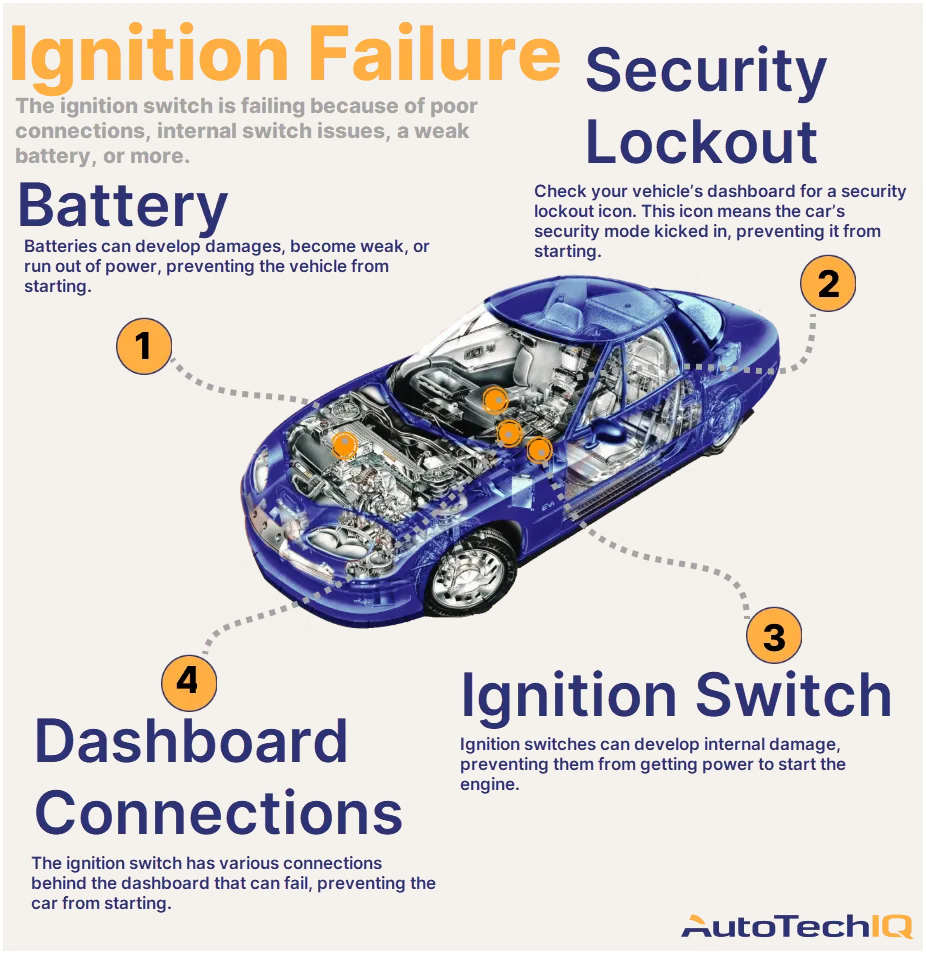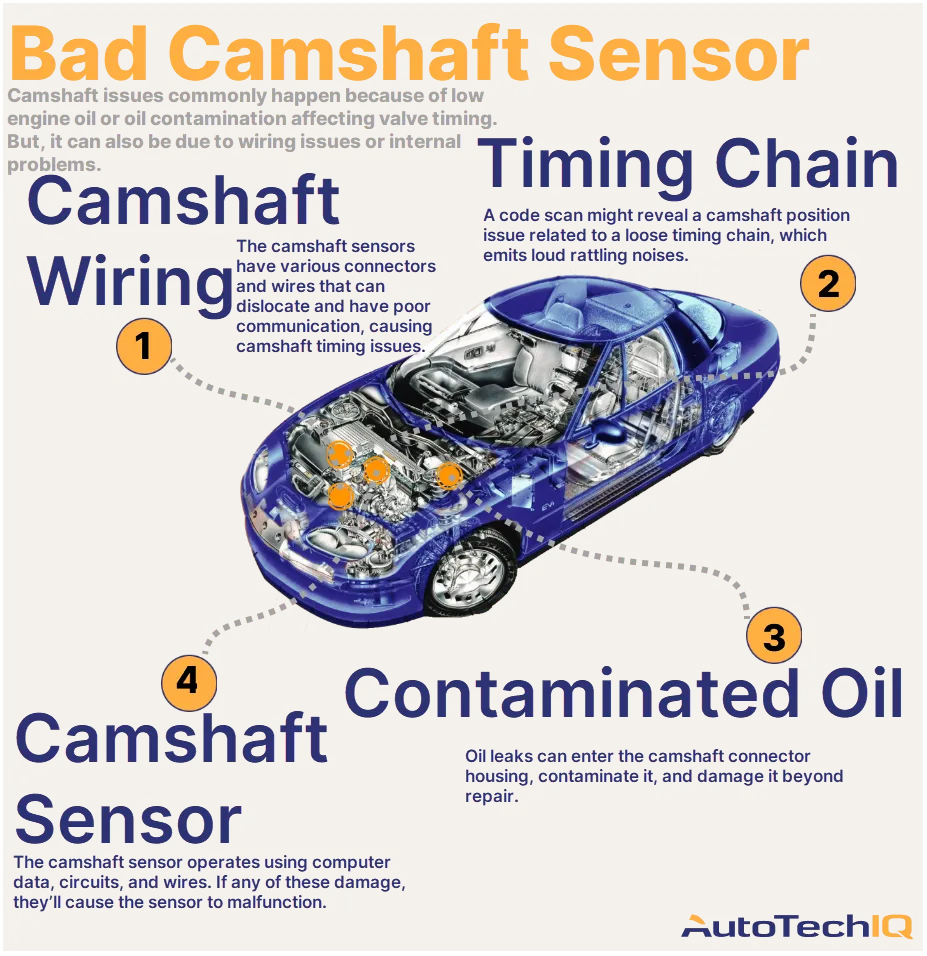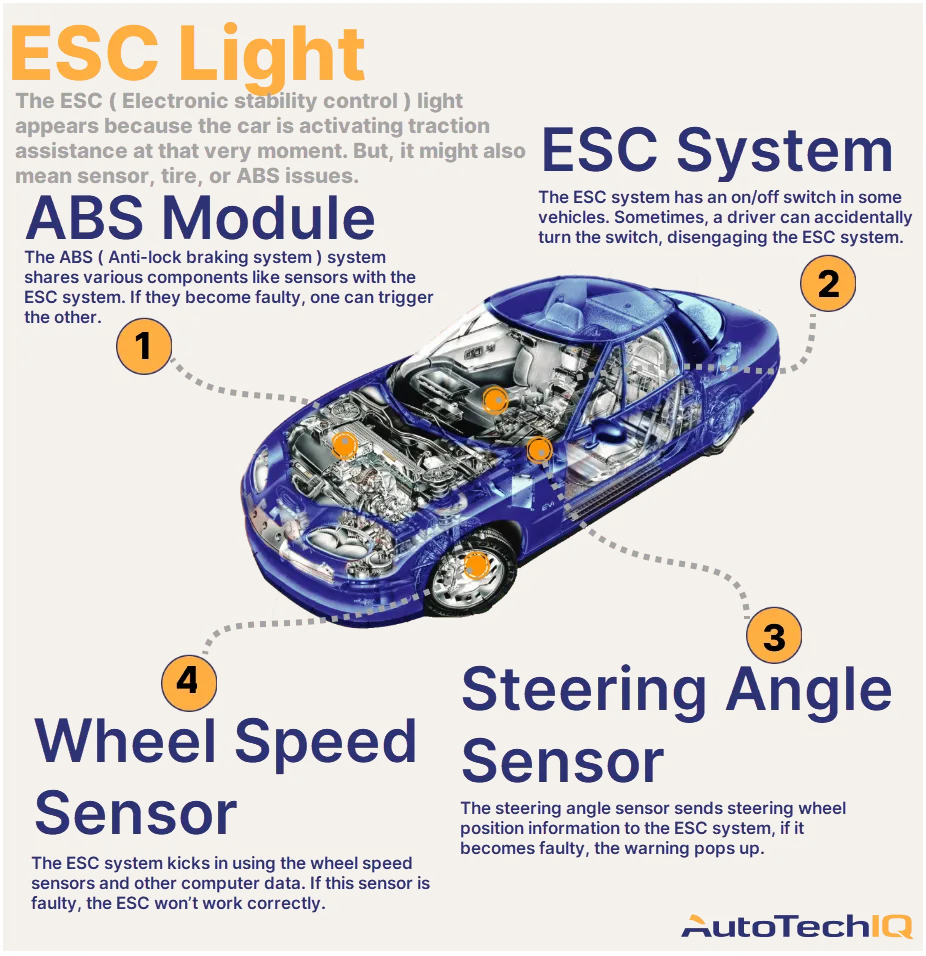Transparency example in a weak battery service
A fuel and combustion system inspection is the most transparent process to understand why your vehicle’s fuel pump is faulty. This is because many components surrounding the fuel pump and combustion system components can have a say in the issue, indicating the real culprits that caused it all.
Let’s read an example of how this kind of inspection helps to service a faulty fuel pump, fixing a reduced engine light problem.
A customer brought their vehicle to the shop, reporting it felt weaker to move. The vehicle seemed hesitant, and the customer thought it might need a tune-up.
During a test drive, the technician noticed that the check engine light was on, and the vehicle was slightly sluggish and hesitant when accelerating.
The technician did a vehicle health inspection and ran a diagnostic code scan. They found a code that indicates "system too lean" on bank 1. However, no other issues were found related to the customer's concern. So, the customer approved additional tests.
During additional tests, the technician used a specific scanner, discovering that the bank one fuel trim was not lean at idle. So, the computer tried adding fuel while the vehicle was running. This indicates a malfunctioning fuel pump.
The technician tested the fuel pressure using a mechanical pressure gauge, discovering it was well below the specified level. Plus, it had a blocked return line, which indicated a failing fuel pump. The technician recommended replacing the in-tank fuel pump and retesting the vehicle.

In this case, the mechanic put the “Immediate Action” tag on the fuel pump.
